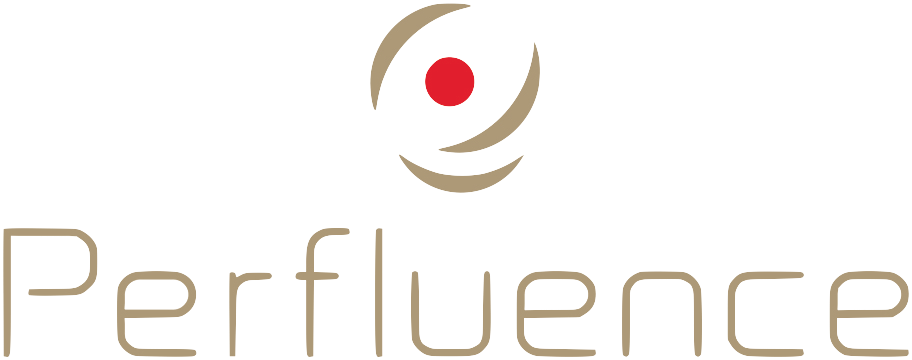The short answer is no, but it’s a start
Limitations
Firstly, LinkedIn contains only information that a person is willing to reveal about her/himself. Secondly, there is no indication of the quality of the relationship between two people.
But what about the degree of separation that is shown on LinkedIn?
This actually only indicates the number of intermediates there are between you and your target. If you are linked to someone on second degree, all this means is that there is an intermediary person between you and your target. To reach someone on third degree you need to go through 2 intermediaries.
So, if you want to use the introduction functionality of LinkedIn, you are faced with the following question: which intermediary you are going to ask for an introduction to your target?. Will you choose:
– An intermediary who owes you a favor?
– The intermediary you know best?
These two questions highlight that you need extra information to take a decision which is not stored in LinkedIn: the quality of your links. Very often though, people have not documented this information in whatever tool they use to keep track of their network, let alone on LinkedIn. Knowing the quality of the link between you and your intermediary and ideally also having an indication of the quality of the link between the intermediary and your target is crucial to judge the probability of success of your introduction request.
Alternative Functionality in LinkedIn
Alternatively you can choose the direct approach by asking for a connection. Depending on how your target has set up the LinkedIn account you need to know the target’s exact e-mail address to do so. What’s the use of LinkedIn then? Would it not be easier to write the e-mail directly? Using LinkedIn only makes sense if you hope to get access to the network of your target.
Other people have set up their account to accept connection requests based on commonalities such as:
You are former colleagues whom worked in the same organization
You were class mates
You have done business together
You both belong to at least one LinkedIn Group.
By using the direct approach, you eliminate the uncertainty about the quality of the relationships between you, your intermediaries and your target. However, good networkers know that the indirect access is more powerful than the direct access.
Conclusion
Good networkers know that they need an electronic tool to track their network. I only know one off-the-shelf system that allows you to track the quality of links: Powerscope. The next best choice is to use a tool that allows you to add custom fields to track relationship quality. In any case, though, you will have to proactively assess and document the quality of these links.
Although LinkedIn cannot be your choice as a primary tool to track your network, it can be very useful to support your networking activities:.
You can be reminded of people who fell off the radar
You can find potential routes to a target.
It will be much more effective if you call or use other offline methods to identify which of your potential intermediaries has the best quality relation to your target. By doing so, you can also test the value message that you want to transmit to your target, which is the second fundamental element for success to expand your network. You can also use the telephone to establish the contact to your target.
If you do not like the phone, you can use the same process with e-mails. Yet remember, a network between people goes beyond having a list of names in the form of e-mail addresses or aliases in a social network. It consists of relations which are usually based on many differing and repeated interactions, using all kinds of communication media to convey messages. Communication media based on the written word use only 7% of the bandwidth available to humans communicating. Communication media that allow the transmission of tone (e.g. telephone or skype), add another 34% of bandwidth for your message to pass. The remaining communication bandwidth between humans and, incidentally, by far the fastest channel is the exchange of non-verbal signals (e.g. body language). This level can only be fully reached through face to face contacts.
LinkedIn can help you identify some possible routes to people, but without an indication of the strength of links between its members. To maximize the power of your network you will need, at some point, to fill in and track your relationship intelligence information.
Christian Maurer

